An Honest History of Healers and Witches Who Fought for Freedom: A Small First Take
Content Warning: themes of colonial violence, genocide, and US slavery
Ancestral veneration has since gained recent popularity with new age spirituality and trends. Connecting with ancestors has entered buzzwords and search engine surges. There are many ways to do this and many belief systems have approaches for this.
Who can access this process and why?
These are some of the first questions that come to mind for me. Colonization led to the kidnapping, enslavement, and genocide of people in Africa and North and South America. We have many names for people in different diaspora in the global resistance against continued oppression.
My recent ancestors who can be named sit at my altar with offerings of food, alcohol, herbs, and flowers. These are ones with whom I had a relationship in this life and I can remember them clearly. I remember their warmth and their attitude. There are ancestors who are more distant as my grandmother’s memory fades. Ancestral veneration and altar building has been a huge part of my practice. My godfather and my prima also build large beautiful altars with paintings on canvas. My grandmother’s practice has not included elaborate ancestral veneration. I don’t have to think hard on why.

As a child, I had friends who would find out my grandmother read cards and stop wanting to come around. It didn’t matter that my grandmother went to church every day, they’d still say “I told my mom and she still said we can’t be friends.” It’s painful to think about, and it’s a small side effect of hundreds of years of systemic and intentional repression.

“Y en cuanto a las sacerdotisas de Tonantzin, fueron bautizados igual que el resto de indígenas sobrevivientes y se retiraron en clandestinidad como las brujas y su magia permaneció escondida bajo un espesa apariencia de catolicismo popular.
[And as for the priestesses of Tonantzin, they were baptized like the rest of the surviving indigenous people and they retired in hiding as witches and their magic remained hidden under a thick semblance of popular Catholicism. ]”
A white woman from Wisconsin who was born in 1945 and passed away this past September 2020, Mary Devine, a PhD in Romance Languages and Literature, wrote this in her book Magia Blanca Mexicana. Invocaciones a La Virgen de Guadalupe [Mexican White Magic. Invocations of the Virgin Guadalupe].

Let’s pause. I am emotional as I write. It is bittersweet, like medicine from magic that is not of mine own. Dr. Devine wrote about Mexican Magic by interviewing brujas in Mexico and in the United States, coding the language my people use to tell the stories of how we survived in secret. Like bones in a museum, I am insulted at its existence and because of what has led us here it remains some of the only ties to my culture that is sourced in a language I understand.
Tonatzin is a diosa or goddess of indigenous people who lived on what is now occupied by a country called Mexico. On December 9, 1531 the Virgin Mary, who is the mother of Jesus according to Christian scriptures, appeared to Juan Diego Cuauhtlatoatzin, a native of Mexico and the first Catholic indigenous saint from the Americas. She appeared as a dark skinned woman in a serape made of the stars, on the moon held up by an angel, amongst the cosmos and instructed him to build her a church in her honor at a pre colonial worship site for Tonanzin. Cortes arrived to colonize Spain in 1521. Missionaries denied this to Juan Diego and he returned to Mary to say she needed a news bearer of greater importance. She persisted and Juan Diego was denied two more times before she sent a sign: his own poncho marked with the iconic photo of La Virgin Guadalupe, roses out of season, and healed Juan Diego’s sick uncle after her fifth and final appearance to him. La Virgin Guadalupe was equated to Mary the mother of Jesus. A main point of contention lies in the Virginity of Mary because there is scripture that exists which suggests Jesus had a brother. That is out of the scope of this column; what lies within our range is the obsession with her Virginity. It provides context that across cultures and continents we see the gendered elements of colonialism bastardized and projected onto important figures of sovereign cultures.
Like Dr. Devine’s preservation of my culture in a colonized language, the “allowing” of the church to be erected is reminiscent of the creation and meaning making of “sacredness.” The way capitalism and colonialism function to dictate what is holy, worthy, and sacred, is the same way. Dr. Devine writes about ‘the surviving indiegnous people’ and I can’t help but to shake angrily at the pain and depth she cannot capture in her words as she writes about the magic in my bloodline. What we survived is bigger than can be translated and transcribed and what survived and thrived is even bigger.
Reckoning
Each of us as survivors of colonization have a choice to continue compliance or take up our skills to honor what we have been tasked with. Into hiding went the healers and the magic makers, and whenever we move from being hidden to being exposed we face serious and violent persecution. The Salem witch trials are a salient frame of reference for persecution specific to witches. I venture again to push back against the white and patriarchal lens which dominates theory and language (ugh what do we do when even the way we write and learn is shaped by institutional racism). That’s just it: we have to talk about the violent education programs both African and Native American people were subjected to when enslaved and murdered, we have to talk about the gendered nature of policing in American witch trials and in the present, we have to talk about the ritualistic and brutal violence enacted on Black and Indigenous people which included cannibalistic (see Woodward’s The Delectable Negro) and experimental elements (the “father” of modern OBGYN science), we have to talk about both the historic and recent sanctioning of violence overseas as part of the continued Imperial and Colonial project of the United States, we have to talk about the systematic dehumanizing of peoples and disconnection to culture and relationship to ideas of sacredness, holiness, and divinity, we have to talk about how it was that people and healers survived and why some of us still can’t come home to ourselves.
White supremacy is a spiritual issue, capitalism/colonialism is a spiritual issue, patriarchy is a spiritual issue.
The Salem witch trials serve as a good reminder of the need to explore history outside the realm of the white lens and gendered lens. Timothy McMillan writes that Black people were not affected by the Salem witch trials. However, A.L. Higginbotham writes in In the Matter of Color: Race and the American Legal Process about some of the ways that white people were guilty by association if they conducted business with Black people, how if they were accused of witchcraft because of their association they would and could implicate all the Black people they knew, often without end until they began accusing other white customers.
In The Devil in the Shape of a Woman: Witchcraft in Colonial New England, Carol F. Karlsen highlights the sexual and gendered construction of the “American moral conscience.” It’s easy to trace the history and sensationalized stories which highlight the policing of young girl’s clothing at schools back to a sexual construction of identities, such as notions of virginity, domestication of roles in society, and non-consensual objectification. These are some of the examples of policing, surveillance, and control in witch history which require us to take a more critical approach.
On June 9, 2020, a 56 year old Mayan medicine man was set on fire in Guatemala, a country colonized by the Spanish in 1524. From 1965 to 1996, the United States has been confirmed to have backed the Mayan genocide. In the year 2020, brujx are still being burned at the stake. As an extension of colonization, the concept of Latinx and any of its derivatives for the sake of unity erase the history of imperial conquest and the components of violent genocide which swallow up any surviving rituals and traditions. Many indigenous people in Latin American countries are discriminated against and it often goes uncharted on asylum applications because hate and violence against native peoples is so normalized.
In my life time, I have seen predominantly Black churches targeted as well as the desecration of “sacred sites” such as the building over native grave sites, keeping bones in museums (see UC Berkeley and the Emeryville shopping center on Shellmound native burial site in California). The sensationalized NODAPL protests surrounding Indigenous resistance to the building of the Dakota Access Pipeline (which would run through sacred as well as clean water for Indigenous people) was originally supposed to run through predominantly white areas who opposed the pipeline for the same reasons.
Questions about what makes a site sacred bring us back to the meaning making in societies often dictated by those in power. Who dictates what is moral? Who decides what is illegal and whose interest does that serve? Who decides what is holy and sacred? What about the sovereign nations and peoples on this continent and those kidnapped into enslavement? Who is able to access these traditions and engage in “preservation” often reproducing the same violence? Who is allowed to practice what and why?
What survived is a legacy of resistance and resilience, of creation and protection, of dreaming and manifesting.
Hoodoo culture and American history serve as a testament of the meaning making and preservation of culture within a group (see our fellow writer Oshunslight/Shawna Temple’s column).
Proof that these questions live in the pragmatics of systemic racism as well as gendered and colonial violence is the targeting of Black churches and namely, Reverend Martin Luther King Jr – an activist for civil rights who was assassinated for his leadership and politics which threatened the status quo and injustice of the systems in place. He is famously known for his “I have a dream” speech. There are many champions of dream work as resistance, from Tricia Hersey of The Nap Ministry to Juju @witchdoctorpoet, and Vanessa @v_nastydreamz. Hersey often talks about naps as portals and dreams as a place to imagine freedom. Juju and Vanessa specialize in dream work that explores messages and divination.
In an interview with DAZED, Noname, the rapper is quoted saying, “I feel like someone dreamed the world that we’re in. Why can’t we dream of something else?”
Witches, healers, activists, prophets, and artists know that we can. We know the power of prayer, of ritual, of intention for manifestation. When we can act in unison with the divine and share in the act of creation, the collective act of manifesting holds the power to bridge the gap between vision and reality, between imagination and the material world, between dismantling and reconstruction. How do we get to a place where we feel safe to walk into these portals through dreams and different states of consciousness to dream a world together? What is the nightmarish path many people in diaspora have been on during their path to liberation?
I have different altars set up for different purposes. As I prepare a larger one for Day of the Dead (Dia De Los Muertos) on November 2, I make space for my ancestors who can be named. As I make spaces for those known and unknown to me, for the wicked and the righteous, I remember my light work and my shadow work. I look to my strengths and my gifts, I look to my privilege and my history, I lean into abundance and atonement. I’ll be meditating on the questions I have channeled here, this Halloween Full Moon through Day of the Dead.
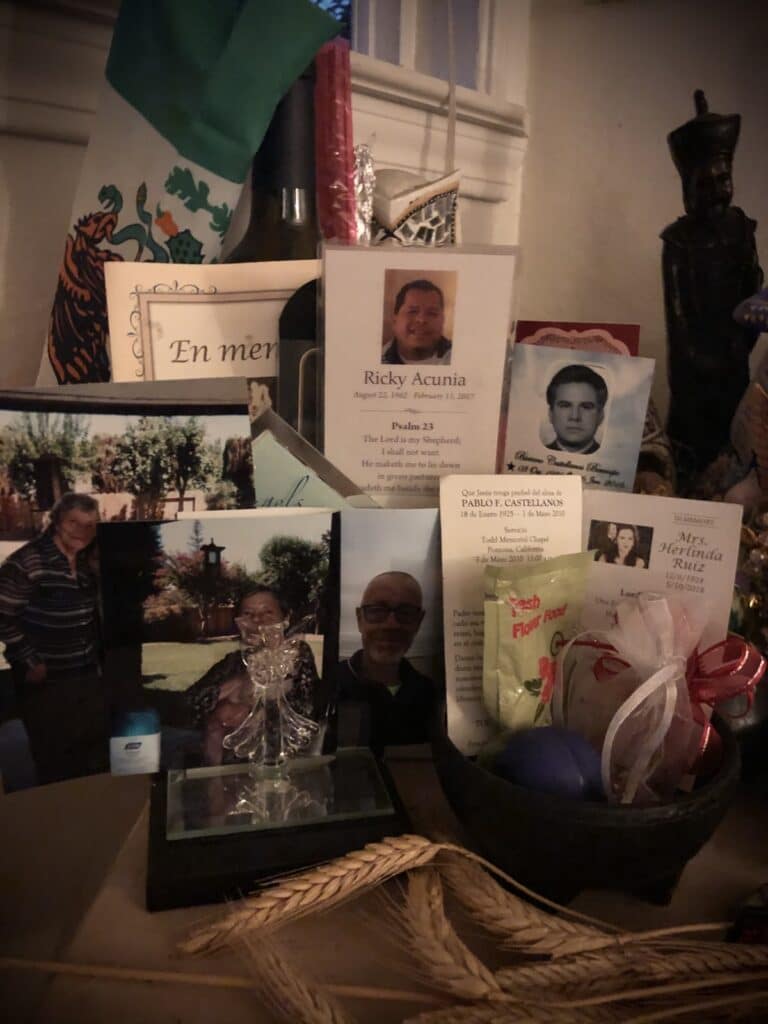
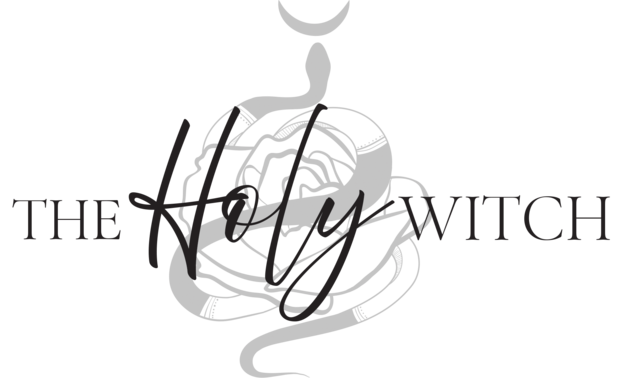
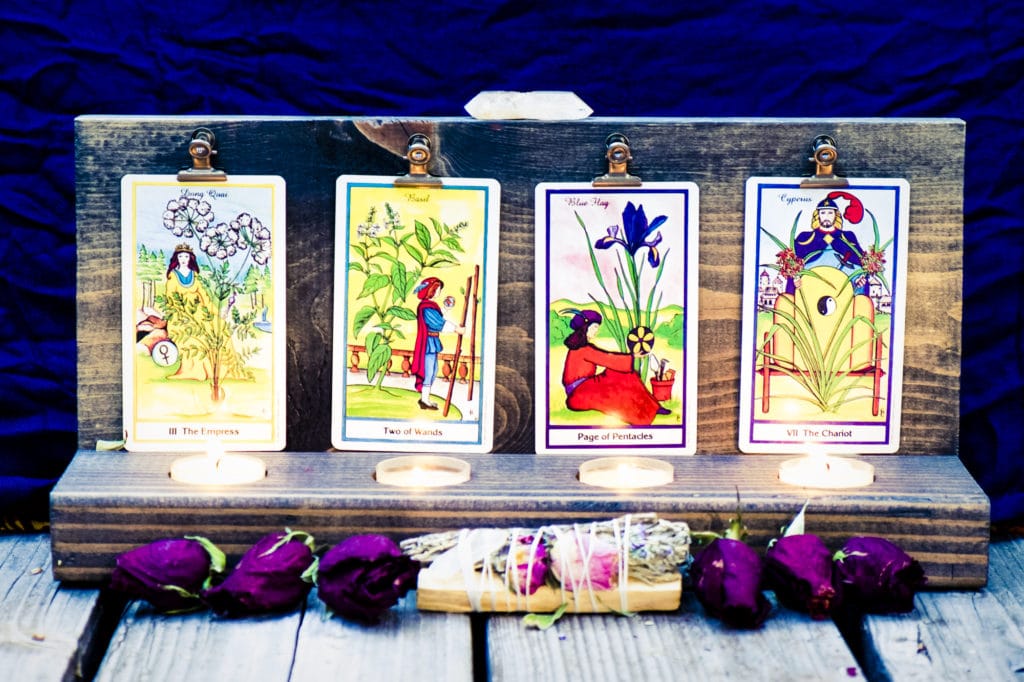
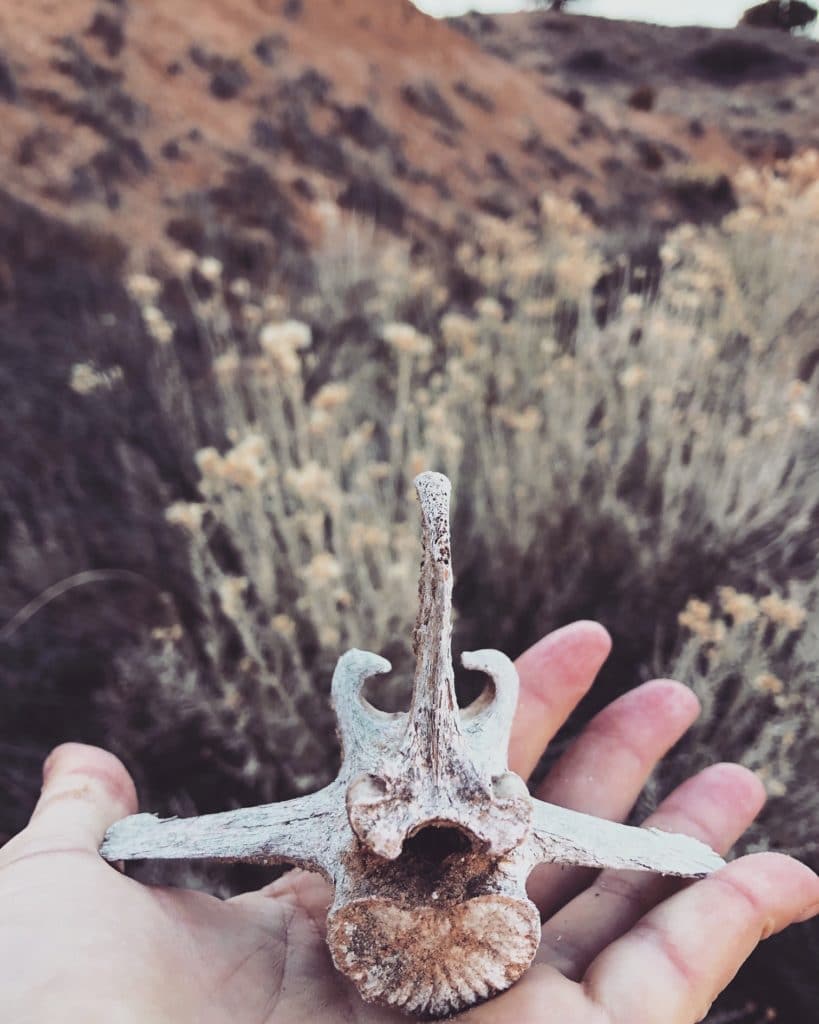
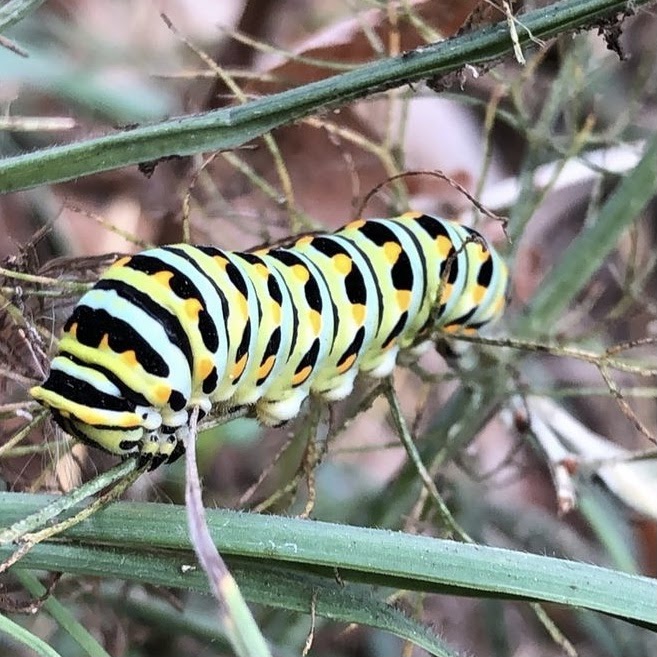
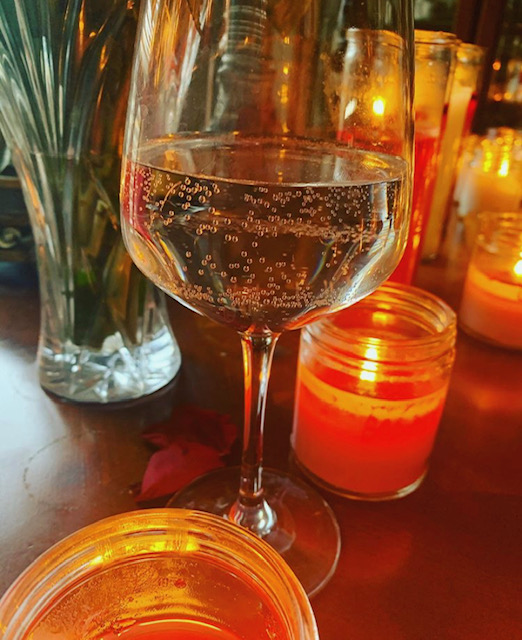
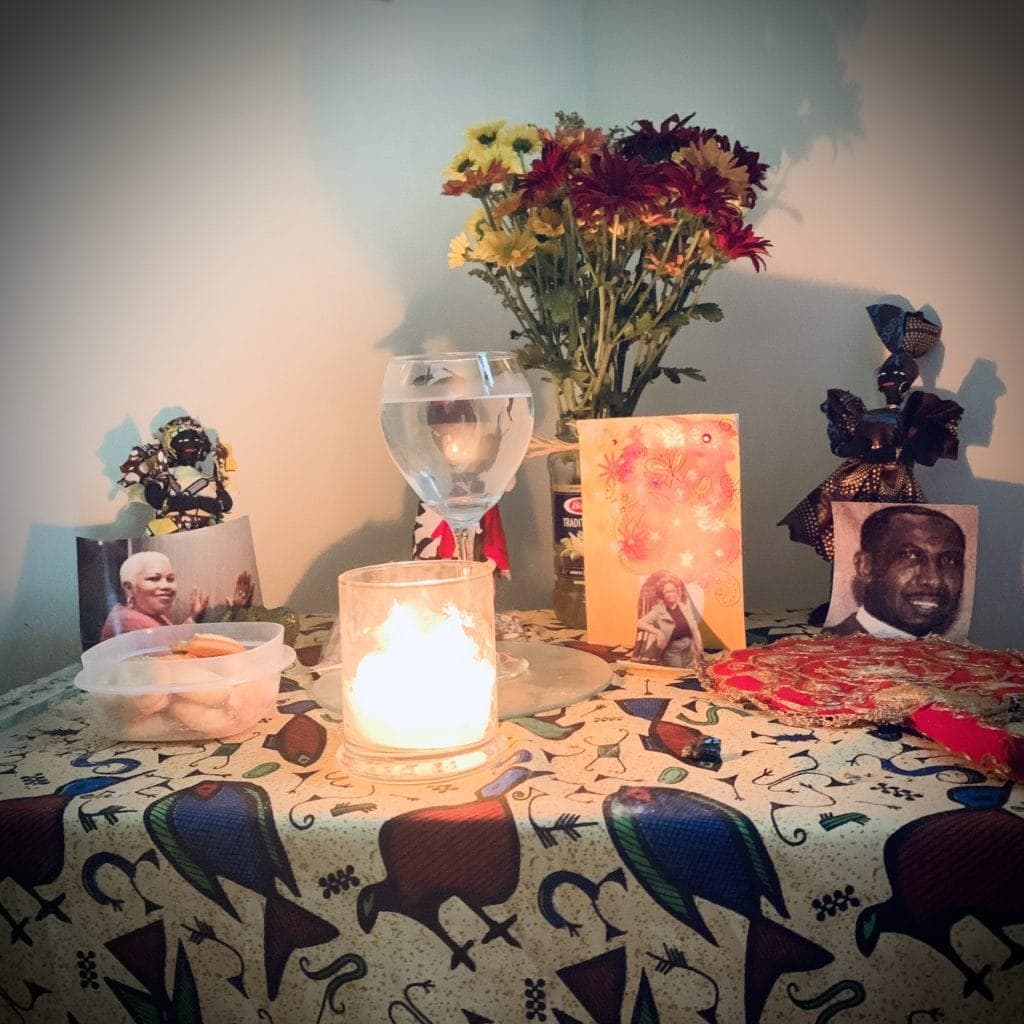

My Nanna was Strega and went to church every Sunday. My sister accuses me of belonging to the cult of Mary.lol she’s a born again Christian. Such variety in one family. She does not acknowledge that I am a shaman who firmly believes in the “Lady”.